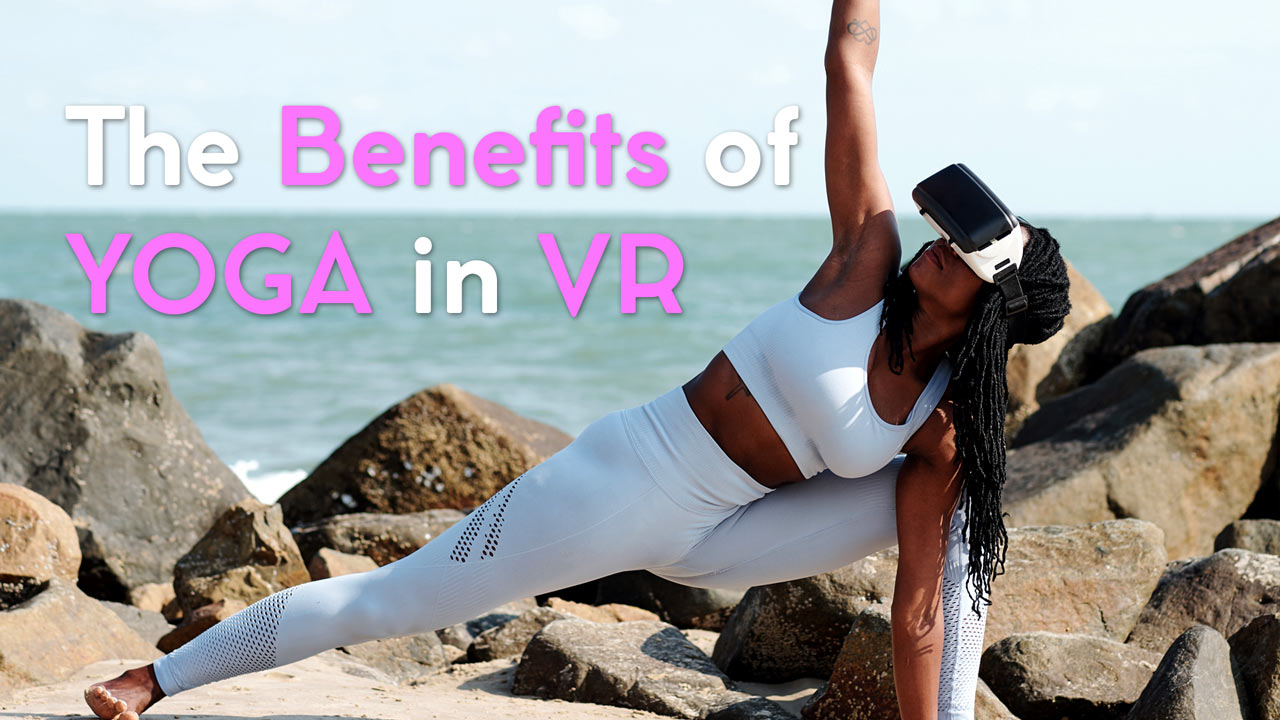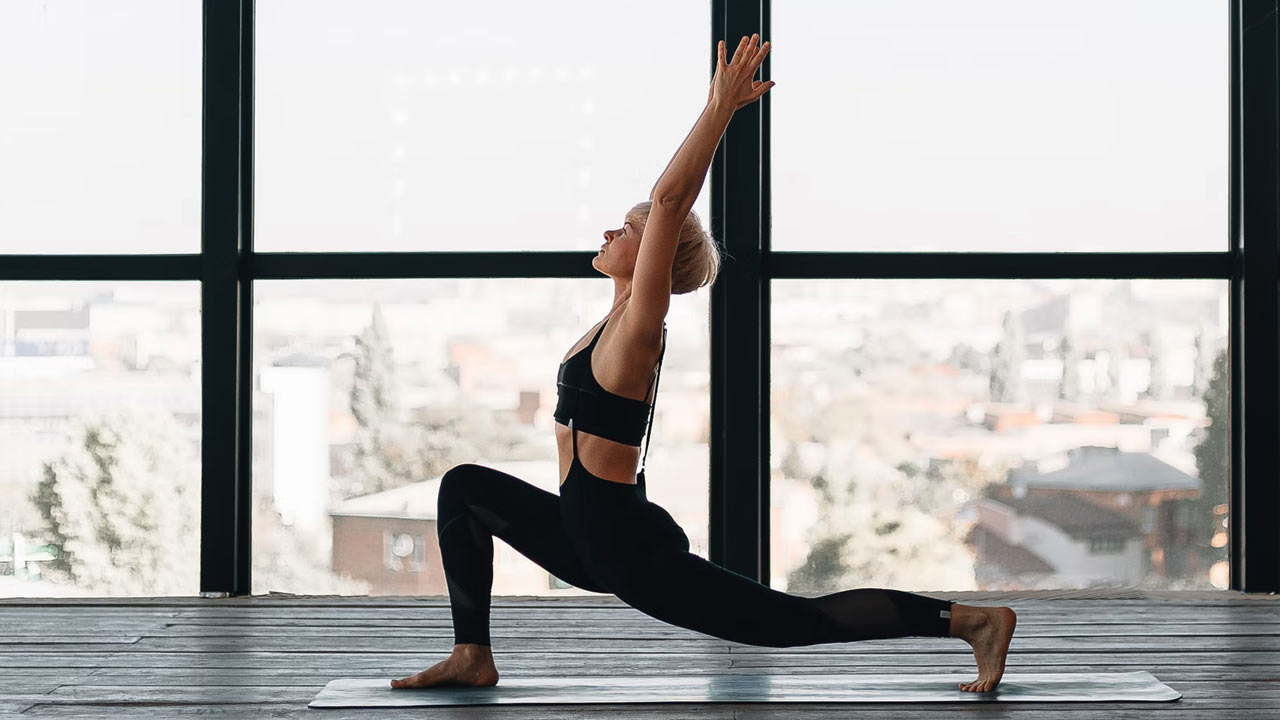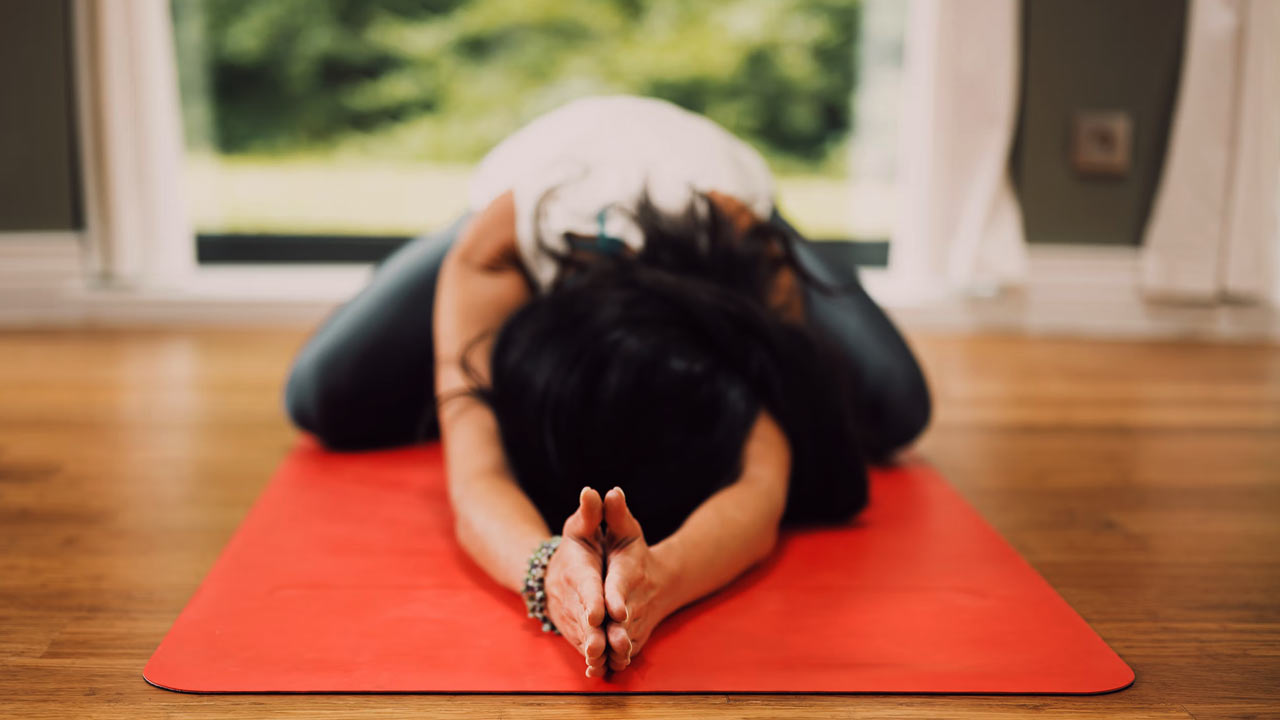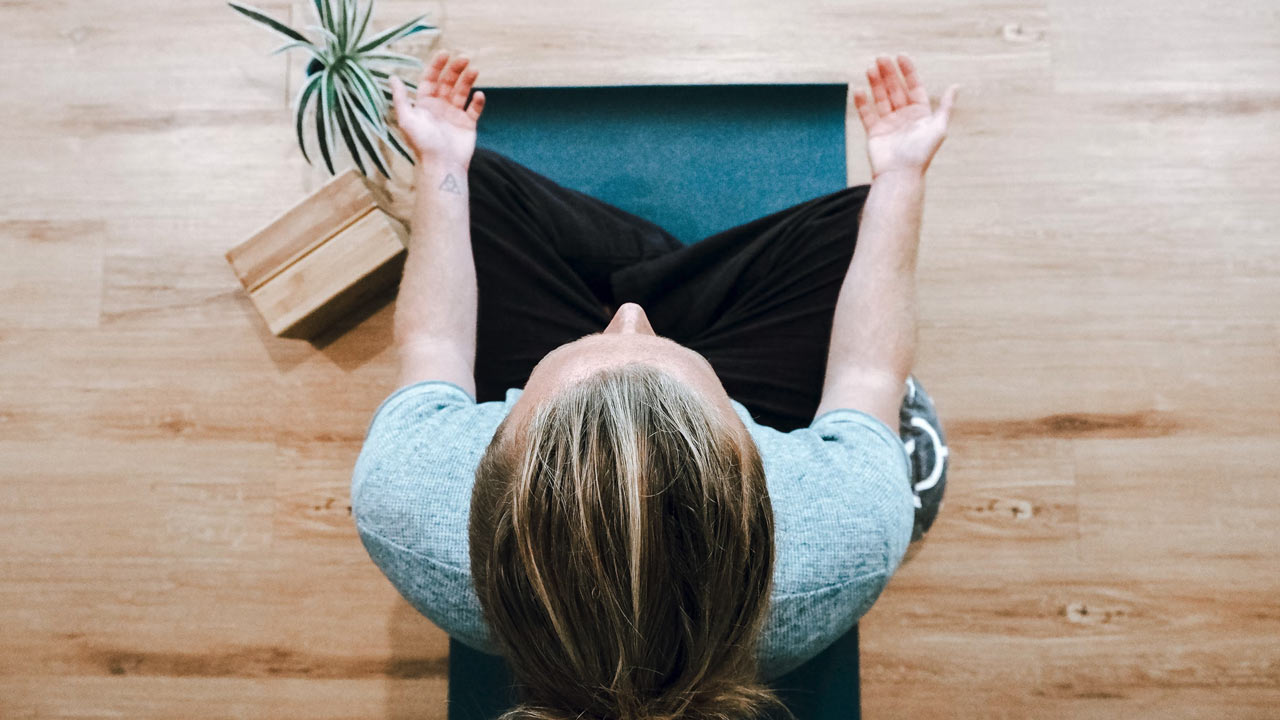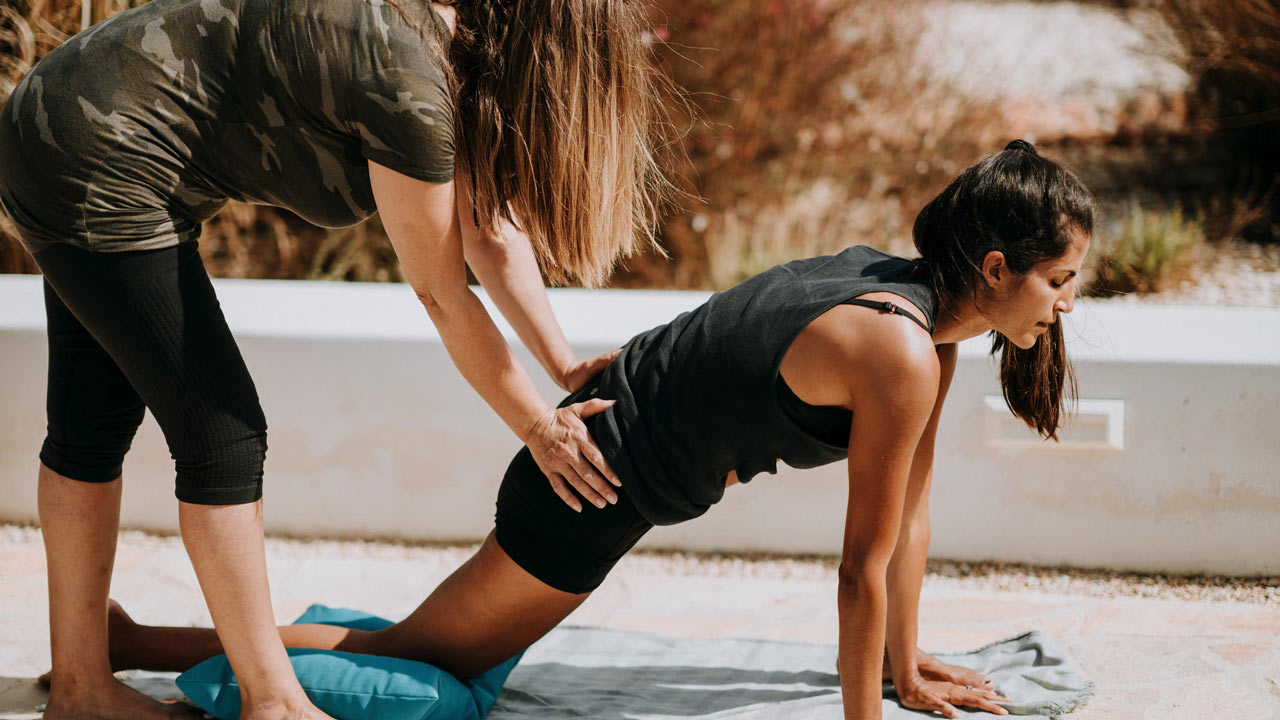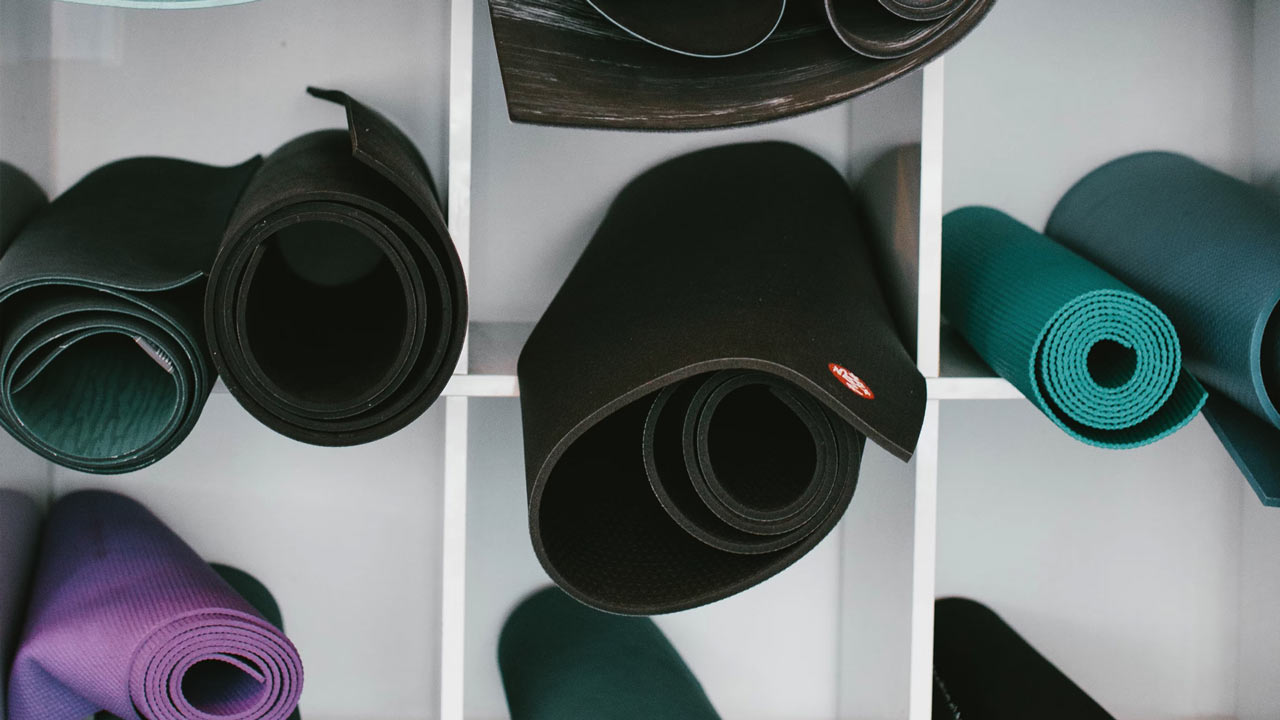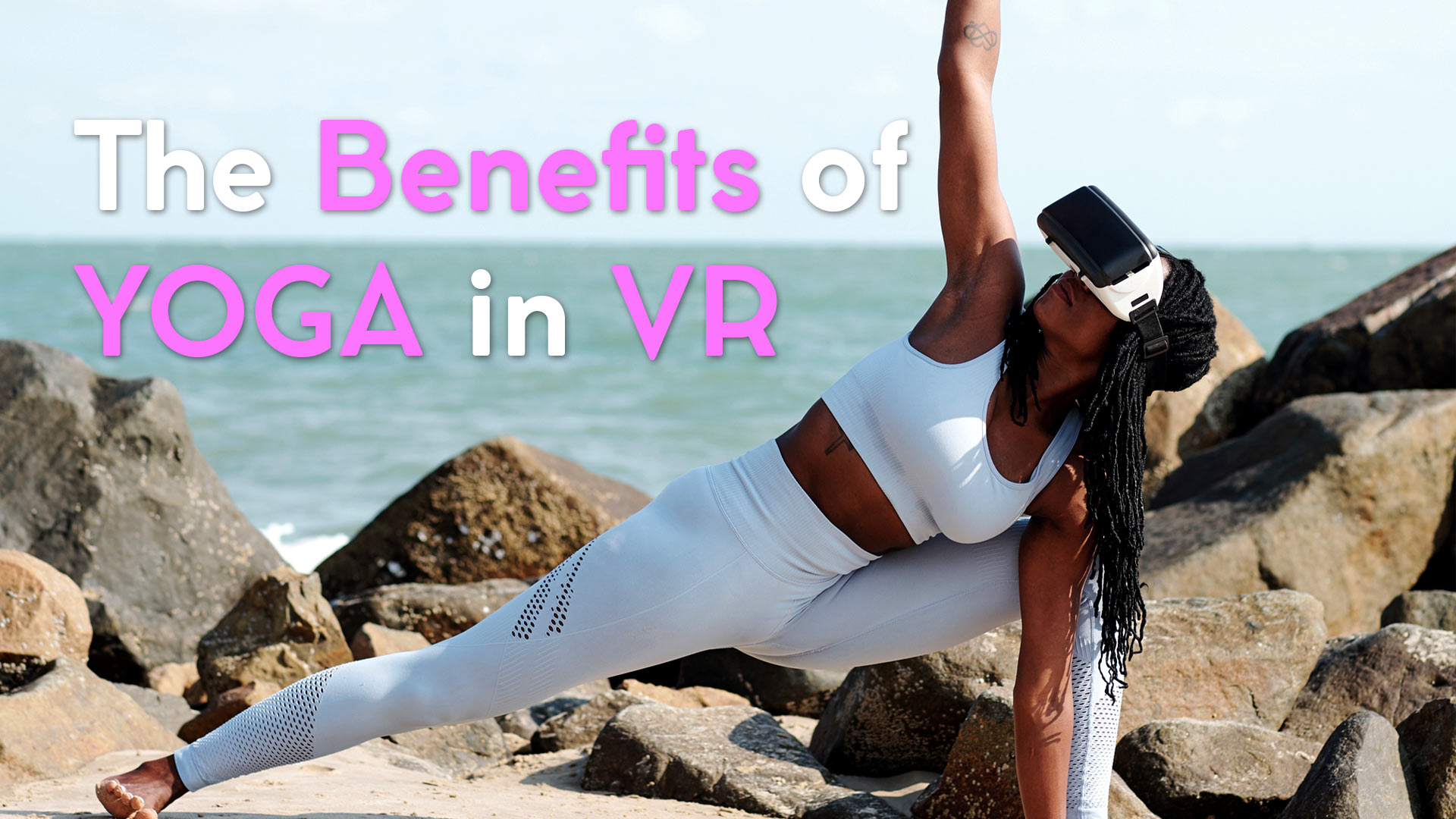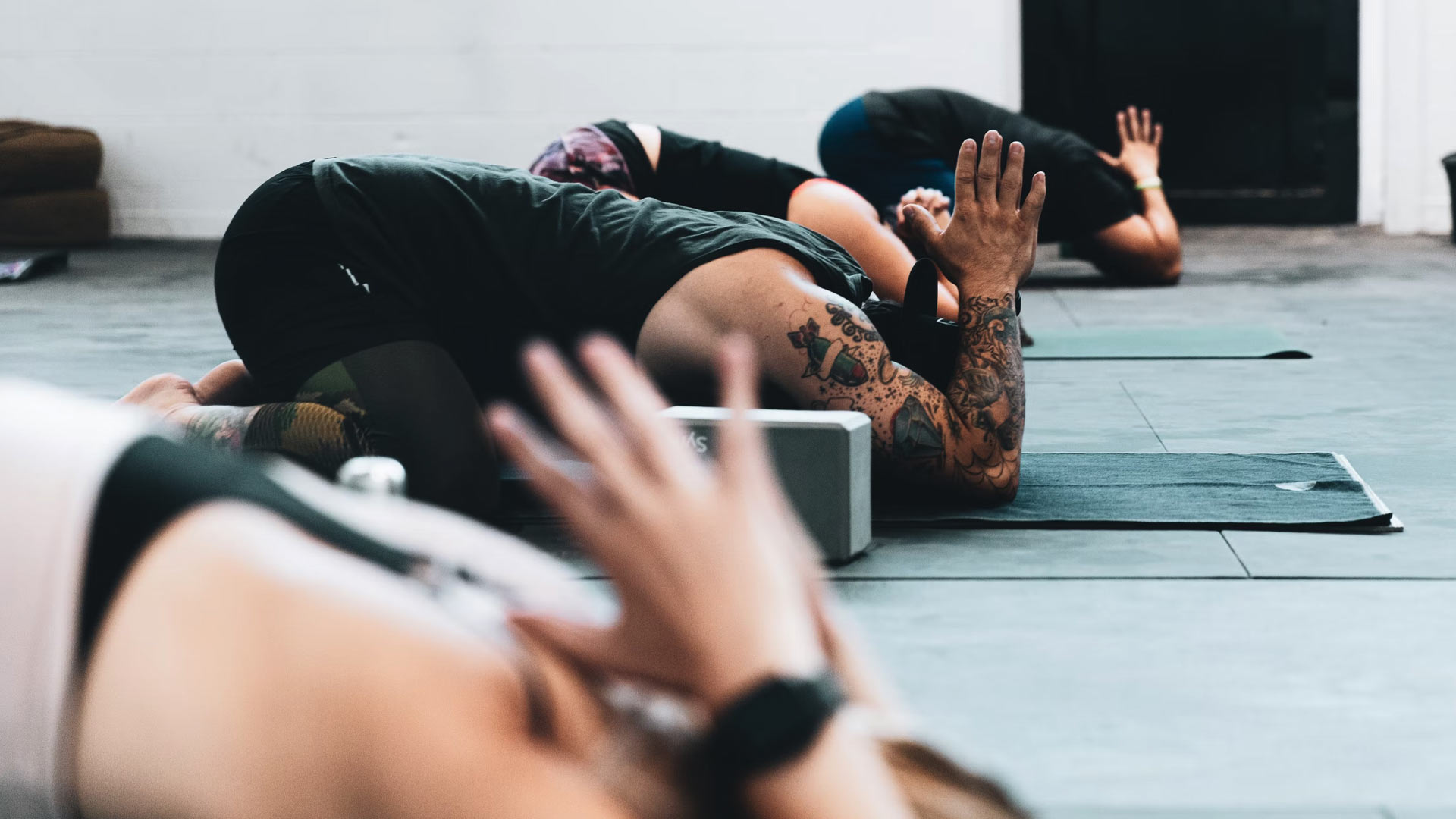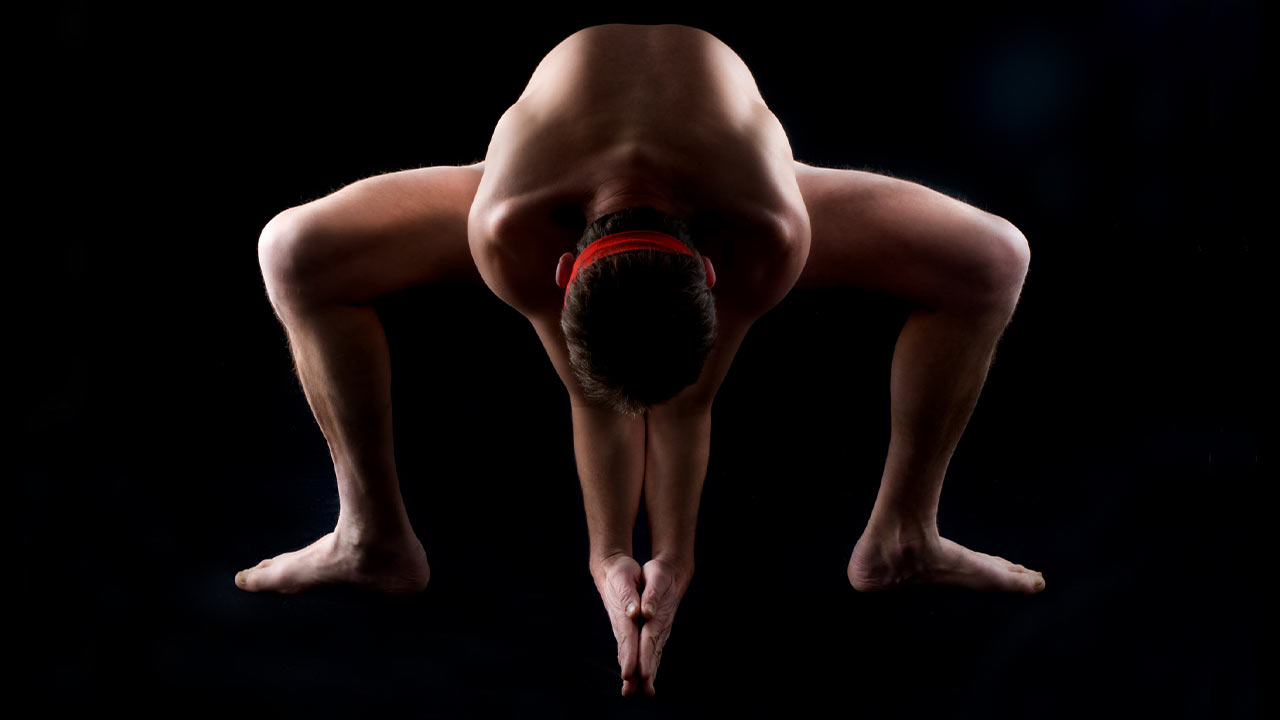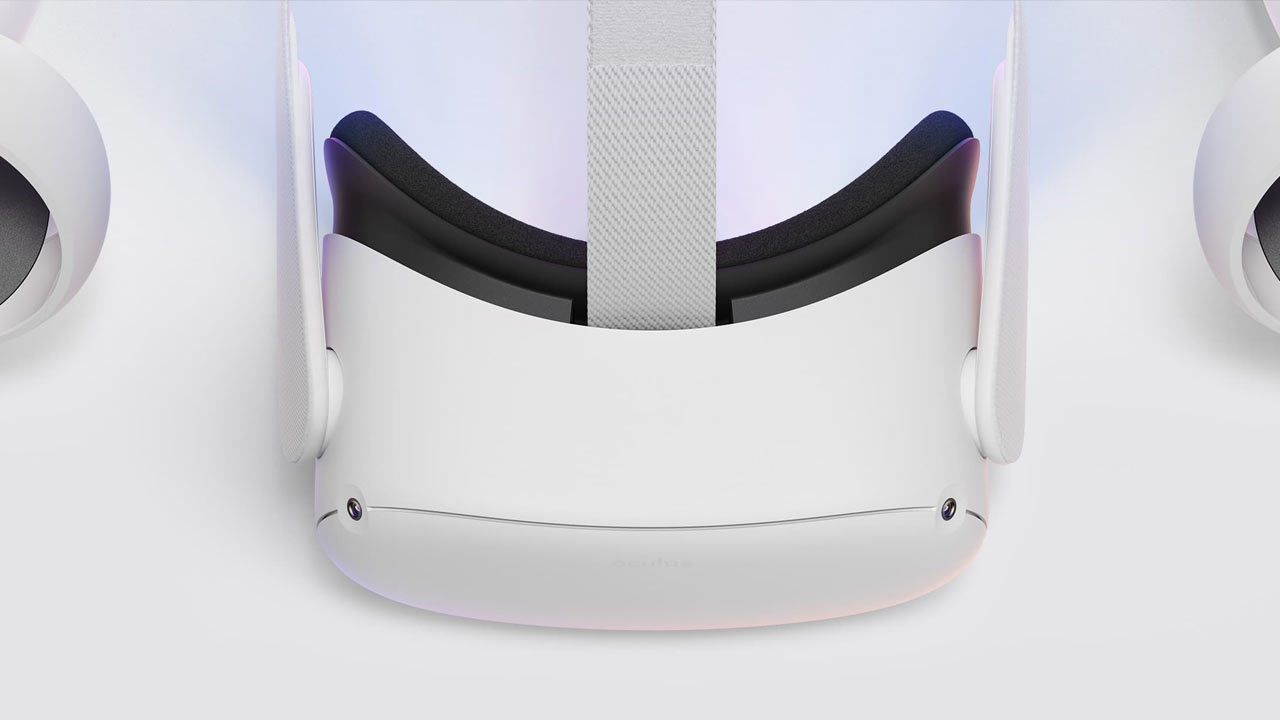The Benefits of Yoga in VR for Your Body and Mind
If you just want to read the only benefits of yoga in VR, then go directly to the VR benefits section at the bottom. In the first part, there is general information, tips and tricks about Yoga.
Introduction about Yoga
A yoga practice can help improve your flexibility, build strength, and reduce stress. But with so many different styles of yoga available, it’s crucial to find a class that’s right for you. Today, there are many different styles of yoga available to choose from. But with so many options, it can be difficult to know where to start. If you’re looking for yoga that will give you a workout, try Ashtanga or Bikram yoga.
If you’re new to yoga or simply looking for a more relaxed experience, Hatha or Kundalini yoga may be good. These classes emphasize breath work and relaxation.
No matter what type of yoga you choose, regular practice can help improve your flexibility, build strength, and reduce stress. Yoga is suitable for people of all ages and levels of fitness. If you have any health concerns, let your yoga teacher know before class.
With regular practice, you’ll soon see the benefits of yoga in your body and mind.
What is yoga?
It is a form of exercise that involves physical postures, breathing techniques, and meditation. Yoga can help improve your flexibility, build strength, and reduce stress. With so many different types of yoga available today, there’s sure to be a class that’s right for you.
History of yoga
Yoga is an ancient practice that originated in India. It is thought to date back to at least 5,000 years ago. Yoga was originally developed as a way to physically and spiritually prepare for meditation. Over time, it evolved into a physical and mental exercise system designed to promote health and well-being. Today, yoga is practiced by millions of people worldwide and is widely recognized as an effective form of exercise and stress relief.
Different types of yoga
There are many different types of yoga, so it’s important to find one that best suits your needs. Here’s a brief overview of some popular types of yoga:
- Hatha yoga: Hatha yoga is a type of yoga that focuses on physical postures and breathing exercises. Hatha yoga can be helpful in improving overall health and wellbeing. In addition, Hatha yoga can also help to improve mental focus and concentration.
- Vinyasa yoga: Vinyasa yoga is a type of yoga that focuses on linking breath with movement. Vinyasa yoga can be helpful in improving overall health and wellbeing. In addition, Vinyasa yoga can also help to improve mental focus and concentration.
- Iyengar yoga: Iyengar yoga is a type of yoga that focuses on precise alignment of the body. Iyengar yoga can be helpful in improving overall health and wellbeing. In addition, Iyengar yoga can also help to improve mental focus and concentration.
- Kundalini yoga: Kundalini yoga is a type of yoga that focuses on awakening the energy at the base of the spine. This type of yoga can be helpful in improving overall health and well-being. In addition, Kundalini yoga can also help to improve mental focus and concentration.
- Bikram yoga: Bikram yoga is a type of yoga that focuses on 26 postures that are performed in a heated room. Bikram yoga can be helpful in improving flexibility, stamina, and overall strength. In addition, Bikram yoga can also help to improve mental focus and concentration.
- Yin yoga: Yin yoga is a type of yoga that focuses on slow, passive movements. Yin yoga can be helpful in improving overall health and wellbeing. In addition, Yin yoga can also help to improve mental focus and concentration.
- Ashtanga yoga: Ashtanga yoga is a type of yoga that focuses on eight limbs of yoga. Ashtanga yoga can be helpful in improving overall health and wellbeing. In addition, Ashtanga yoga can also help to improve mental focus and concentration.
- Restorative yoga: Restorative yoga is a type of yoga that focuses on relaxation and stress reduction. Restorative yoga can be helpful in improving overall health and wellbeing. In addition, Restorative yoga can also help to improve mental focus and concentration.
- Sivananda yoga: Sivananda yoga is a type of yoga that focuses on 12 basic poses. Sivananda yoga can be helpful in improving overall health and wellbeing. In addition, Sivananda yoga can also help to improve mental focus and concentration.
- Jivamukti yoga: Jivamukti yoga is a type of yoga that focuses on ethical and spiritual teachings. Jivamukti yoga can be helpful in improving overall health and wellbeing. In addition, Jivamukti yoga can also help to improve mental focus and concentration.
- Anusara yoga: Anusara yoga is a type of yoga that focuses on the heart. Anusara yoga can be helpful in improving overall health and wellbeing. In addition, Anusara yoga can also help to improve mental focus and concentration.
The benefits of yoga
- Yoga can help to improve your flexibility.
- Yoga can also help to improve your strength and endurance.
- Yoga can help to improve your balance and coordination.
- Yoga can also help to improve your breathing and circulation.
- Yoga can help to reduce stress and tension in your body.
- Yoga can also help to improve your overall sense of well-being.
Yoga for flexibility
One of the main benefits of yoga is improved flexibility. If you practice yoga regularly, you’ll likely notice a difference in your range of motion and ability to perform daily activities easily. Here are a few poses to help increase flexibility:
- Pigeon pose: This hip opener can help release tightness in the hips and buttocks.
- Cow face pose: This pose can help stretch the shoulders, chest, and back.
- King pigeon pose: This deep hip opener is a great way to release tension in the hips and thighs.
- Camel pose: This deep backbend is a great way to open up the chest and shoulders.
Yoga for strength
In addition to improved flexibility, regular yoga practice can also lead to increased strength. Yoga poses require you to support your body weight, which can help build muscle tone. Here are a few poses to help build strength:
- Downward-facing dog: This classic yoga pose requires you to support your entire body weight with your arms and legs.
- Crow pose: This arm balance requires you to lift your entire body off the ground using only your arms.
- Upward-facing dog pose: This pose helps strengthen the arms, shoulders, and core.
Yoga for stress relief
If you’re looking for a way to reduce stress, yoga may be a good option for you. Yoga poses, breathing exercises, and meditation can help calm the mind and body. Here are a few poses to help reduce stress:
- Child’s pose: This restful pose can help relieve stress and fatigue.
- Cobra pose: This gentle backbend can help relieve tension in the back and shoulders.
- Paschimottanasana: This forward bend can help calm the mind and ease stress and anxiety.
How often should you do yoga?
There is no hard and fast rule about how often you should practice yoga. It’s important to listen to your body and do what feels right for you. If you’re starting, it’s good to practice yoga 3-to 4 times a week. As you become more experienced, you may want to practice more or less depending on your goals and needs.
Can yoga help you lose weight?
Yoga can be a helpful tool for weight loss, but it’s not the only puzzle piece. In addition to practicing yoga, it’s important to eat a healthy diet and get regular exercise. If you’re looking to lose weight, talk to your doctor or a Registered Dietitian to create a right plan.
There are many different types of yoga. If you’re looking to lose weight, a more active form of yoga, such as vinyasa or power yoga, maybe a good choice.
How many calories do I burn in yoga?
The number of calories you burn during a yoga practice depends on various factors, including your weight, intensity of the practice, and duration. In general, you can expect to burn about 100-250 calories in a 30-minute yoga class. However, if you are practicing more vigorous styles of yoga, such as Ashtanga or Bikram, you may burn more calories.
Can yoga tone your body?
Yes, yoga can tone your body. However, it’s important to remember that yoga is not a quick fix. It takes regular practice to see results. If you’re looking to tone your body, choose a more active and physically demanding yoga style. Ashtanga, power yoga, and vinyasa flow are all excellent choices.
Is yoga good for your back?
Yes, yoga can be good for your back. Yoga helps strengthen and lengthen the muscles in the back, which can help to reduce pain and improve the range of motion. In addition, yoga can help to increase flexibility in the spine and improve posture. If you have back pain, talk to your doctor or a yoga therapist before starting a yoga practice.
What is power yoga?
Power yoga is a type of yoga that is based on the Ashtanga style of yoga. Power yoga is a more active and vigorous form of yoga that is designed to build heat, strength, and flexibility. Power yoga classes often include sun salutations and flow sequences that are linked together by the breath.
Is hot yoga good for you?
Hot yoga is a type of yoga that is practiced in a heated room. The heat can help to loosen tight muscles, improve flexibility, and promote detoxification. However, hot yoga is not for everyone. If you have any medical conditions, are pregnant, or are not comfortable with heat, you should talk to your doctor before trying hot yoga.
Is restorative yoga good for you?
Restorative yoga is a type of yoga that is designed to help the body heal and relax. Restorative yoga poses are often supported by props, such as blankets and bolsters, and are held for long periods of time. This type of yoga can help reduce stress, improve sleep, and manage pain.
Is yoga meditation?
Yoga meditation is a type of meditation that is based on the practices of yoga. Yoga meditation can involve different techniques, such as focusing on the breath, mantra repetition, and visualization. Yoga meditation is a way to quiet the mind and focus on the present moment.
Yoga meditation is said to have many benefits, including reducing stress, promoting relaxation, and improving concentration. If you’re new to meditation, it’s important to find a comfortable position and start with short sessions. You can gradually increase the length of your yoga meditation practice as you become more comfortable with the technique.
What does namaste mean in yoga?
Namaste is a Sanskrit word that is often used in yoga. It typically means “I bow to you” or “the light in me honors the light in you.” Namaste can be used as a greeting, farewell, or prayer. It’s also commonly used at the end of a yoga class as a way to thank the teacher and fellow students. Namaste can also be used as a sign of respect or an expression of gratitude.
Can yoga make you taller?
There is no scientific evidence to suggest that yoga can make you taller. Yoga may, however, help to improve your posture and alignment, which can give the illusion of more height. If you’re looking to increase your height, you may want to focus on exercises that target the legs and spine, such as squats and stretches.
Can yoga build muscle?
Yoga can help to build muscle, but it is not the most effective exercise for this purpose. Yoga poses that involve holding your body in one position, such as plank pose or downward-facing dog, can help to build muscle. However, if you’re looking to build muscle quickly, you may want to focus on other types of exercise, such as weightlifting or resistance training.
Yoga can complement other forms of exercise, such as cardiovascular exercise and strength training. If you’re looking to build muscle, make sure to focus on compound exercises that target multiple muscle groups. And, be sure to eat a balanced diet that includes protein to help repair and rebuild muscle tissue.
Is yoga good for your skin?
There is no scientific evidence to suggest that yoga is good for your skin. However, yoga can help to improve your circulation and increase the oxygen flow to your cells, which may give your skin a healthy glow. Yoga can also help to reduce stress, which can impact the health of your skin.
If you’re looking for ways to improve your skin, you may want to focus on your diet and skincare routine. Eating a healthy diet that includes plenty of fruits and vegetables can help to nourish your skin from the inside out. And, using products tailored to your skin type can help improve the health and appearance of your skin.
Is yoga good for anxiety?
Yoga is a mind-body practice that can help to reduce stress and promote relaxation. Yoga may also be helpful for people who suffer from anxiety. A review of studies found that yoga may be an effective treatment for anxiety and may also help reduce the symptoms of anxiety.
If you’re looking for ways to reduce anxiety, you may want to try various techniques. Some people find that meditation, deep breathing, and progressive muscle relaxation help to reduce anxiety. Others find that exercise, journaling, and spending time in nature can also be helpful. Experiment with different techniques to see what works best for you.
Yoga for beginners
If you’re new to yoga, you may be wondering where to start. There are many different types of yoga, and it can be confusing to know which one is right for you. Here’s a brief overview of some popular types of yoga:
- Hatha yoga: Hatha yoga is a good choice for beginners because it is slow-paced and gentle.
- Vinyasa yoga: Vinyasa yoga is a bit faster-paced and can be a good choice for those who are looking for a more challenging practice.
- Iyengar yoga: Iyengar yoga focuses on precise alignment and can be a good choice for beginners who want to focus on detail.
- Restorative yoga: Restorative yoga is a good choice for those who are looking for a relaxing and rejuvenating practice.
Yoga for beginners at home
If you’re new to yoga, it’s important to find beginner-friendly tutorials. Once you’ve taken a few classes and feel comfortable with the basics, you can start practicing yoga at home. Many resources are available to help you get started, such as yoga videos, online tutorials, and virtual reality courses.
When practicing yoga at home, it’s important to listen to your body and only do poses that feel comfortable. If you start to feel pain, stop immediately. It’s also good to have a yoga mat or towel handy for cushioning and traction. If you don’t have any props, you can use household items like blankets or towels to help you with your yoga practice.
Can you learn yoga by yourself?
Yes, but you learn yoga better with a teacher because he can control and correct you. You don’t have this if you teach yourself.
Tips for getting started with yoga
If you’re thinking about starting a yoga practice, here are a few tips to help you get started:
- Choose a type of yoga that’s right for you. There are many different types of yoga, so it’s important to find one that’s best suited for your needs. If you’re not sure where to start, ask a friend or yoga instructor for recommendations.
- Start with basic poses. If you’re new to yoga, it’s important to start with basic poses and work your way up to more advanced ones. Don’t be discouraged if you can’t do some of the more advanced poses at first. It takes time and practice to build up strength and flexibility.
- Breathe and relax. One of the most important aspects of yoga is the breath. Remember to breathe deeply and evenly as you practice yoga poses. And, try to let go of any expectations or comparisons you have about your practice. Just focus on being present in the moment and enjoying the experience.
- Don’t overdo it. Yoga is a gentle exercise, so it’s important not to push yourself too hard. Listen to your body and take breaks when you need them.
- Stay hydrated. Be sure to drink plenty of water before and after your yoga class.
Yoga poses for beginners
Here are a few basic yoga poses to get you started:
- Mountain pose: This standing pose is a great way to practice proper alignment and to build strength in your legs and core.
- Downward-facing dog: This is a classic yoga pose that can help stretch your back, shoulders, and hamstrings.
- Camel pose: This deep backbend is a great way to open up your chest and shoulders.
- Child’s pose: This restful pose can help relieve stress and fatigue.
Remember, yoga is a Journey, not a destination. There is no “right” or “wrong” way to do it. Just breathe and go at your own pace.
Yoga props for beginners
If you’re new to yoga, you may be wondering what type of props you need to get started. While you don’t need anything other than a mat, a few props can help make your practice more comfortable and enjoyable. Here are a few basic yoga props to consider:
- Yoga mat: A yoga mat provides cushioning and traction and can help you feel stable in your poses.
- Yoga block: A yoga block can be used to support your body in various poses. It’s beneficial in seated and reclining poses.
- Yoga strap: A yoga strap can be used to help you with balance and alignment in standing and seated poses.
- Yoga blanket: A yoga blanket can be used for added warmth or support in various poses.
Remember, you don’t need all of these props to practice yoga. Start with a mat and see what other props you might find helpful as you continue your journey.
Are yoga mats waterproof?
Most yoga mats are not waterproof. However, there are a few brands that make waterproof yoga mats. These mats can be helpful if you practice hot yoga or if you live in a humid climate. Waterproof yoga mats are also easier to clean than traditional yoga mats.
How to clean yoga mat
To clean your yoga mat, start by wiping it down with a damp cloth. If your mat is really dirty, you can scrub it with mild soap and water. Once you’ve wiped or scrubbed your mat, dry it completely before rolling it up or storing it away.
You should clean your yoga mat after each use to prevent the growth of bacteria and fungi. It’s also good to clean your mat if it starts to smell bad. If you have a sensitive nose, you may want to clean your mat more often.
Are yoga blocks worth it?
Yoga blocks can be beneficial in supporting your body and achieving proper alignment in various poses. They’re also great for beginners who may not be able to reach the floor with their hands or feet.
However, yoga blocks are not necessary for everyone. If you’re comfortable with your flexibility and don’t feel the need for extra support, you may not find them necessary. Ultimately, it’s up to you to decide if yoga blocks are right for your practice.
Are yoga balls good for posture?
If you’re looking to improve your posture, yoga balls can be a great addition to your practice. Yoga balls are often used in therapy to help correct alignment and strengthen the muscles around the spine. They can also help with balance and coordination.
Yoga balls are not for everyone. If you have any injuries or health conditions, please consult your doctor before using a yoga ball. Otherwise, give it a try and see if it helps improve your posture.
What are yoga socks?
Yoga socks are socks that have grippers on the bottom. These grippers help provide traction and prevent slipping, which can be helpful when doing yoga poses that require balance. Yoga socks are usually made from a breathable material, such as cotton, to help keep your feet cool and comfortable during your yoga practice.
Yoga socks are not required for yoga, but they can be a helpful accessory, especially for beginners. If you decide to wear yoga socks, make sure to choose a pair that fits well and provides the right amount of grip. You should also avoid wearing socks with holes or that are too tight, as this can cause discomfort or even injury.
Are yoga socks worth it?
Some people prefer to wear socks when practicing yoga, while others find them unnecessary. If you choose to wear socks, look for a pair that is lightweight and has Grips on the bottom to prevent slipping. Yoga socks are not essential, but they can be helpful if you tend to sweat during your practice or if you have sensitive feet.
There is no right or wrong answer when it comes to whether or not yoga socks are worth the money. It depends on your personal preference and budget. Yoga socks can provide traction and support during yoga poses, which can be helpful for beginners. They can also help to keep your feet warm during colder months.
Yoga in Virtual Reality
Benefits of practicing yoga at home in VR
Yoga in Virtual Reality has the advantage of not having to attend a class. This saves you time and money, similar to yoga with videos.
Another benefit is it’s like you’re somewhere else. The immersive feeling transports you to another place. The ambiance gives you additional mental influences and can reduce stress faster. You have countless possibilities where you can stay and practice yoga instead of in the living room or bedroom. Also, there can be space and not restrict you like the walls in a room. Feeling good can be encouraged.
Read more about Yoga Beginner at Home if you don’t have yet.
Avatars instead of video teachers
Depending on the program, you have more realistic teachers than flat in a video. This can help you understand the exercises better because you can look at them from different angles, just like a natural person.
The advantage of yoga with our VR Videos Screen Space
Especially as a beginner, it’s not easy to follow the screen because you’re twisting and turning all the time. With the Follow Screen from our Video Screen Space unit, you have a function where the screen is always in your field of vision, no matter how you move. This can be an advantage when you learn new forms and exercises or try different courses even as an advanced.
The advantage of VR yoga classes
Yoga classes, i.e., group lessons in VR, have the advantage that participants from all over the world can take part without traveling to one place. It realistically reflects the group feeling. Yoga seminars with teachers in another country can also be held without traveling. Of course, there are a few caveats, and it’s not exactly the same, but it’s pretty good.
Nude yoga with youtube videos or classes
Suppose you would like to practice nude yoga to feel freer but are uncomfortable attending a nude yoga class. Or you don’t want to practice yoga naked in nature. Then VR is a good alternative for you. You can do naked yoga carefree with the help of youtube video tutorials. You have a variety of natural and other environments for use. VR yoga group courses are also not a problem because nobody sees you in real life in the virtual world. Feel free and try it out.
Which is the best VR headset for yoga
Currently, it is the Meta Quest 2. It has no wire and is therefore very comfortable to practice yoga. It is also cheap in price.

